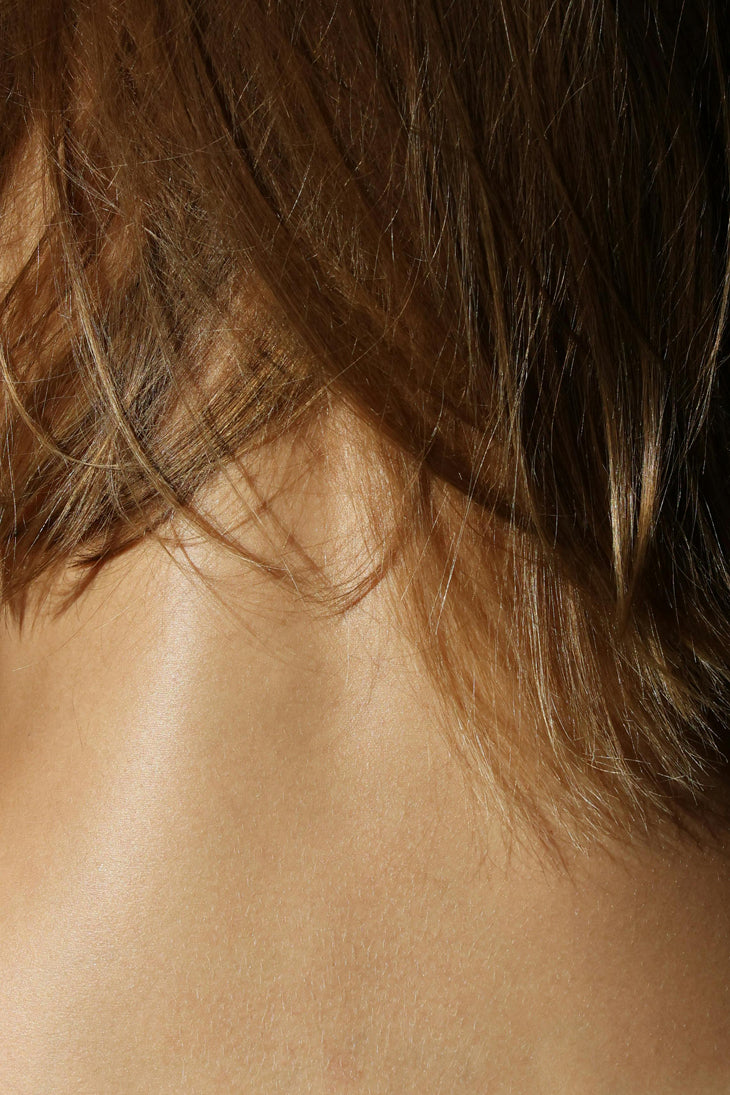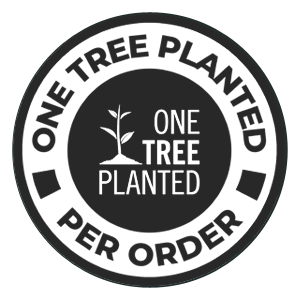Cómo identificar un jabón verdadero de uno falso
Manuela ValentiShare
La historia del jabón
El papiro egipcio de Ebert (1550 a. C.) indica que los antiguos egipcios utilizaban el jabón como medicina, probablemente para tratar afecciones de la piel y prevenir enfermedades, y para preparar lana para tejer.
En la Antigua Roma, Plinio el Viejo (uno de mis favoritos) en sus crónicas Historia Naturalis escritas en el siglo I d.C. (Anno Domini o era común) describe una receta de sapo (palabra latina para jabón), obtenido a partir de cenizas de madera y grasa animal o manteca de cerdo, como invención de los galos (pueblo celta) utilizado como champú para lavar el cabello de las mujeres.
En la antigua China existía un producto similar elaborado a partir de las semillas de la planta Gleditsia sinensis. El jabón auténtico, elaborado a partir de grasa vegetal o animal, no apareció en China hasta la era moderna.
En el siglo VIII, la fabricación de jabón era muy conocida en Italia y España. El testamento real de Carlomagno menciona el jabón como uno de los productos que los administradores de las propiedades reales deben contabilizar. La España medieval era la principal productora de jabón en el siglo XIX. La fabricación de jabón comenzó en Inglaterra alrededor del año 1200.
En Nápoles, Italia, en el siglo IV, se elaboraba y utilizaba exclusivamente por mujeres de la alta sociedad y caballeros un jabón perfumado, mencionado por Cervantes en el capítulo 32 de Don Quijote de la Mancha.
En Europa, en el siglo IX, el jabón se elaboraba a partir de grasas animales que desprendían un olor desagradable. Este método de elaboración del jabón cambió cuando se empezó a utilizar aceite de oliva extraído del olivo autóctono Olea europea , después de que gran parte de la producción de jabón de Europa se trasladara a las regiones olivareras del Mediterráneo.
El jabón de tocador duro fue introducido en Europa por los árabes en el siglo XV, aunque ya existía en Nápoles desde hacía 900 años, extendiéndose gradualmente por toda Europa como un artículo perfumado de lujo.
Hacia el año 1500 la fabricación de jabón ya se había industrializado en Castilla, Marsella, Nápoles y Venecia.
Así que, aunque el mundo considera el jabón una invención de Mesopotamia, en realidad varias otras civilizaciones antiguas descubrieron métodos similares de producir lo que conocemos como jabón.
¿Qué es un jabón en los tiempos modernos?
En términos simples, un jabón es una sal, producida exclusivamente por la saponificación de grasas con un álcali. Para formular un jabón sólido o en barra, el álcali común que se utiliza es el hidróxido de sodio, mientras que para la formulación de un jabón líquido, el álcali común que se utiliza es el hidróxido de potasio. Sin lejía, no hay jabón, así de simple.
Los jabones tal como los conocemos hoy en día están regulados por muchos organismos gubernamentales alrededor del mundo para proteger a los consumidores y restringir su producción para que sea el verdadero jabón original.
La definición de la FDA del término "jabón" está bien establecida en la ley. El término jabón se aplica únicamente cuando:
- La mayor parte de la materia no volátil del producto consiste en una sal alcalina de ácidos grasos y las propiedades detergentes del producto se deben a los compuestos de ácidos grasos y alcalinos.
- El producto se etiqueta, se vende y se representa únicamente como jabón. (1, 2)
Si el producto cumple con las definiciones regulatorias de jabón, entonces está regulado en los EE. UU. por la CPSC (Comisión de Seguridad de Productos de Consumo), y no por la FDA. Si es un cosmético, un medicamento o ambos, está regulado por la FDA y no por la CPSC. Si el producto está regulado por la CPSC, las regulaciones de la FDA no se aplican, y viceversa, esto es para evitar que un producto sea regulado por dos organismos gubernamentales separados.
¿Cuándo un jabón no es legalmente un jabón ?
Comprar un jabón natural auténtico puede ser una tarea abrumadora. O bien están mal formulados, llenos de colorantes sintéticos y fragancias artificiales, o no son jabones en absoluto. Entre las muchas opciones que existen, la mayoría no menciona la palabra "Jabón" en ninguna parte de la etiqueta, y eso es porque no son jabones según las regulaciones.
Lo que nos lleva a preguntarnos: si los jabones que has estado usando no son jabones/no usan la palabra jabón, entonces ¿qué son?
La respuesta es detergentes sintéticos, o syndents para abreviar (sí, aparentemente ese es un término ahora).
Los aceites de Olay, Dove, Palmolive y muchos otros no son jabones. En cambio, se etiquetan como barras hidratantes, barras corporales, geles de ducha, jabones corporales, lo que sea, pero nunca jabones . Estas mezclas son increíblemente baratas de producir y no necesariamente buenas para el medio ambiente o la piel, especialmente para la piel sensible. Si observamos la lista de ingredientes, los detergentes se pueden detectar fácilmente junto con sus ingredientes tóxicos. En algunos casos, estos productos contienen "0" ingredientes naturales y, cuando contienen un aceite vegetal o la sal alcalina de un ácido graso, generalmente es de menor calidad y cantidad, tanto que no hará ninguna diferencia en absoluto.
La COCAMIDOPROPIL BETAÍNA es uno de los surfactantes (detergentes) más comunes que se utilizan en la fabricación de jabones y geles de baño. Aunque en principio se deriva del aceite de coco, su fórmula contiene una serie de ingredientes tóxicos (3-dimetilaminopropilamina, EDTA tetrasódico, metilcloroisotiazolinona y metilisotiazolinona), lo que lo convierte en un ingrediente horrible para formular, conocido por ser ecotóxico, neurotóxico e irritante.
¿Cómo distinguir un verdadero jabón de un detergente o una barra de belleza?
Los jabones auténticos son bastante fáciles de identificar. Aunque no todos los jabones auténticos son iguales y algunos son bastante perjudiciales para la piel, en general hay varios ingredientes clave que se deben tener en cuenta:
- Mención de una lejía entre la lista de grasas. Los jabones auténticos suelen revelar los ingredientes en forma pura. En este caso, la lista de ingredientes revelará "hidróxido de sodio" o "hidróxido de potasio" junto con la lista de aceites o grasas incluidos en la fórmula.
- Mención de las sales alcalinas de los ácidos grasos. El cocoato de sodio (la sal sódica de los ácidos grasos del aceite de coco), el olivato de sodio (la sal sódica de los ácidos grasos del aceite de oliva) y similares, suelen aparecer en la lista de ingredientes. Cuando se utiliza este formato de listado, no se menciona el álcali ni la lejía.
- No se mencionan detergentes ni surfactantes. Los jabones puros o verdaderos no pueden contener detergentes ni surfactantes en sus fórmulas tal y como establece la normativa. Si se menciona algún surfactante en la fórmula, y si se incluyen palabras como hidratante, acné u otras, entonces el producto en realidad no es un jabón verdadero sino un cosmético, un medicamento o ambos.
La próxima vez que compre "jabón" asegúrese de leer atentamente la lista de ingredientes.








